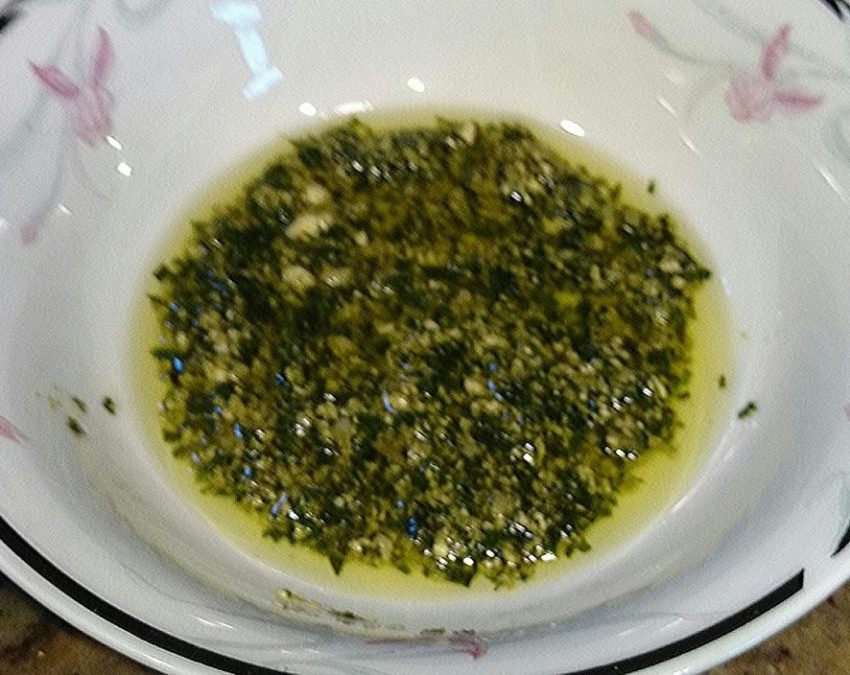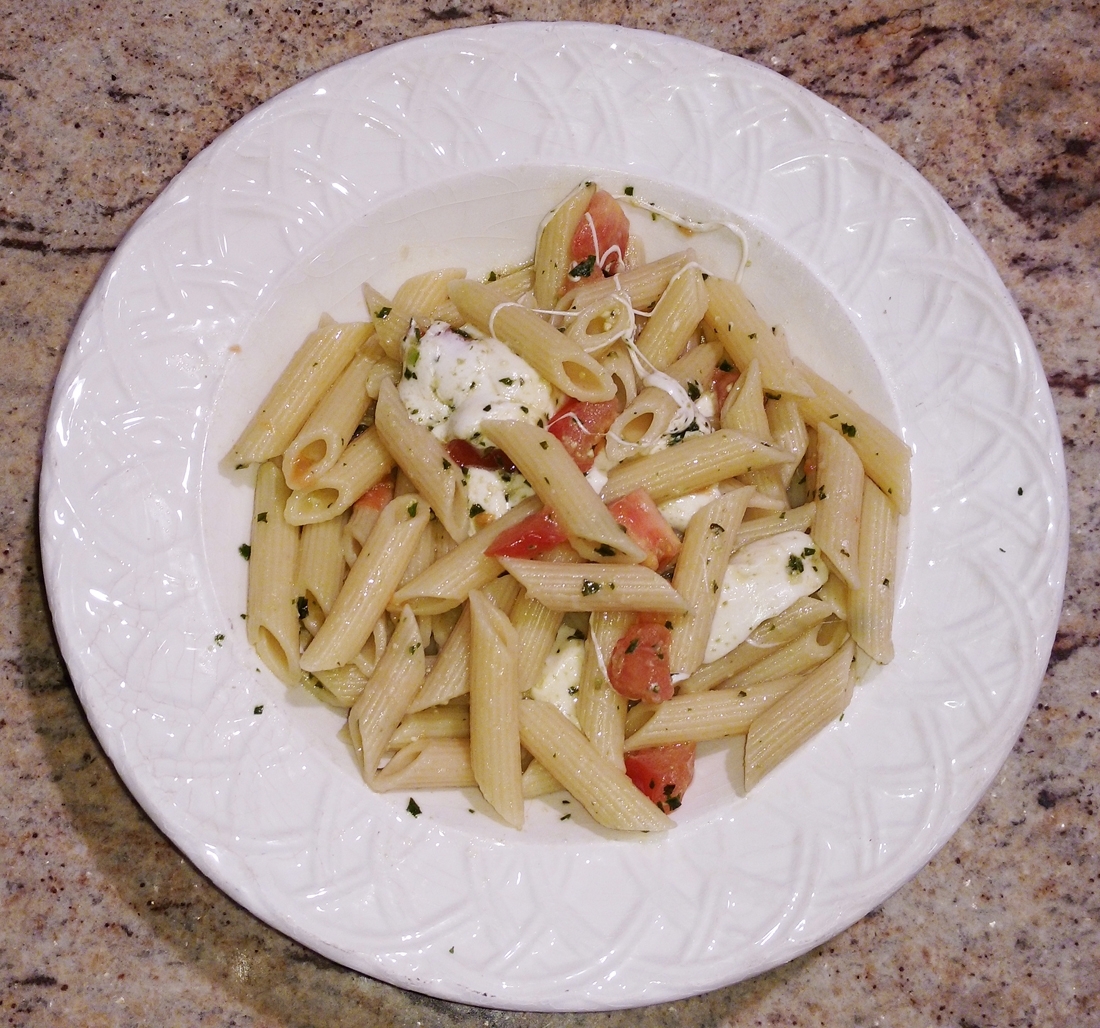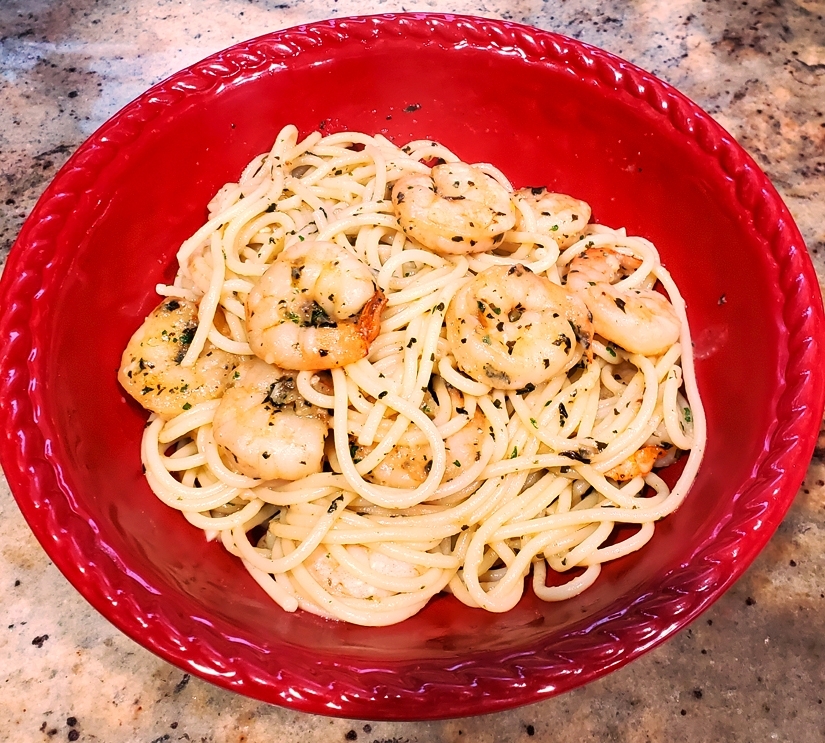I love pesto sauce so much I can eat it on Italian bread as a spread! The scent of basil reminds me of when I was little. My family and I lived in an apartment so we didn’t have a garden, but that didn’t stop my parents from planting herbs and vegetables in buckets and keeping them out on the fire escape during the summer. When they finally bought a house, basil was one of the first things they planted, along with tomatoes of course.
Pesto sauce is made with lots of fresh basil, although I’ve seen recipes substituting some of the basil with spinach and parsley to give it that nice green color. The basil in pesto will actually change to a brownish color after a short time because of oxidation (when certain substances react to being exposed to oxygen), but you can drop the leaves in a pot of boiling water for a few seconds to destroy the enzymes that cause it (read Why does my pesto turn brown?)
It also calls for pignoli, or pine nuts, which can be expensive so I usually leave them out and the sauce still has a wonderful, aromatic flavor. And for the best flavor, I always use extra virgin olive oil. My favorite unfortunately cannot be bought here because it is made in my father’s town, Selvacava.
I like to use the food processor to mix the ingredients, but traditionally it’s made using a mortar and pestle.
Ingredients
1 clove of garlic
3 T of grated pecorino romano or parmiggiano reggiano
1 T pine nuts
50 leave of basil, rinsed and dried
1/2 c extra virgin olive oil
a pinch of salt
- in a food processor, add garlic, cheese and pine nuts and mix until it is a paste.
- add basil and salt and mix.
- slowly add the olive oil.
If you do not use it right away, the oil will separate from the rest of the ingredients so you have to stir it before adding it to anything.
I like to make a lot of pesto and freeze it because I don’t always have the time to prepare it just before I use it.
Join my mailing list to receive more posts like this!




